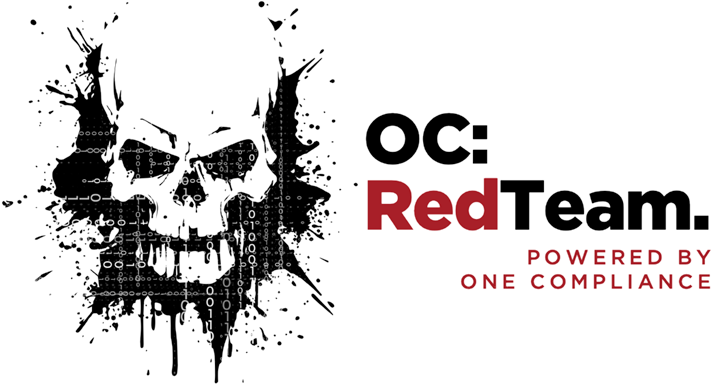In today’s ever-evolving threat landscape, understanding your organisation’s true vulnerabilities is paramount. Real attackers are aware of how businesses operate and seek out backdoors, less observed routes, and unexpected entry points to gain access. They exploit human weaknesses through social engineering and phishing tactics.
By engaging in Red Team testing with One Compliance, you’ll gain invaluable insights into your organisation’s security gaps. We comprehensively test physical access, evaluate the resilience of your people, processes, and technology. Through this proactive approach, you can stay ahead of potential threats and bolster your defensive capabilities.
For more information please contact us to arrange a discussion with one of our consultants.




